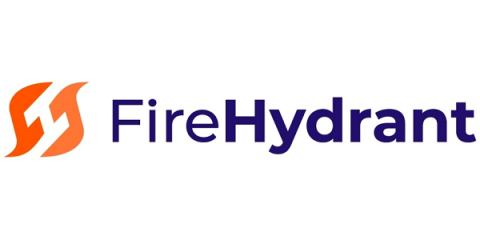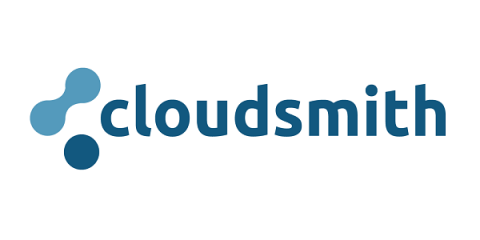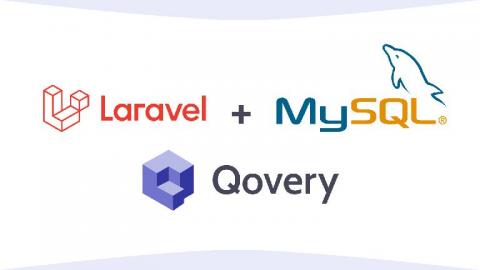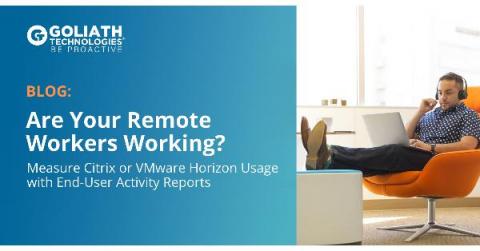How to Create DevOps Pipelines That Work
DevOps is a software development practice that combines development and operations teams. When organizations use DevOps, they typically also use agile methodologies for managing and completing projects. The combination of DevOps and agile practices enables teams to build software faster and more efficiently. One of the primary tools of DevOps is the continuous integration/continuous delivery (CI/CD) pipeline.











